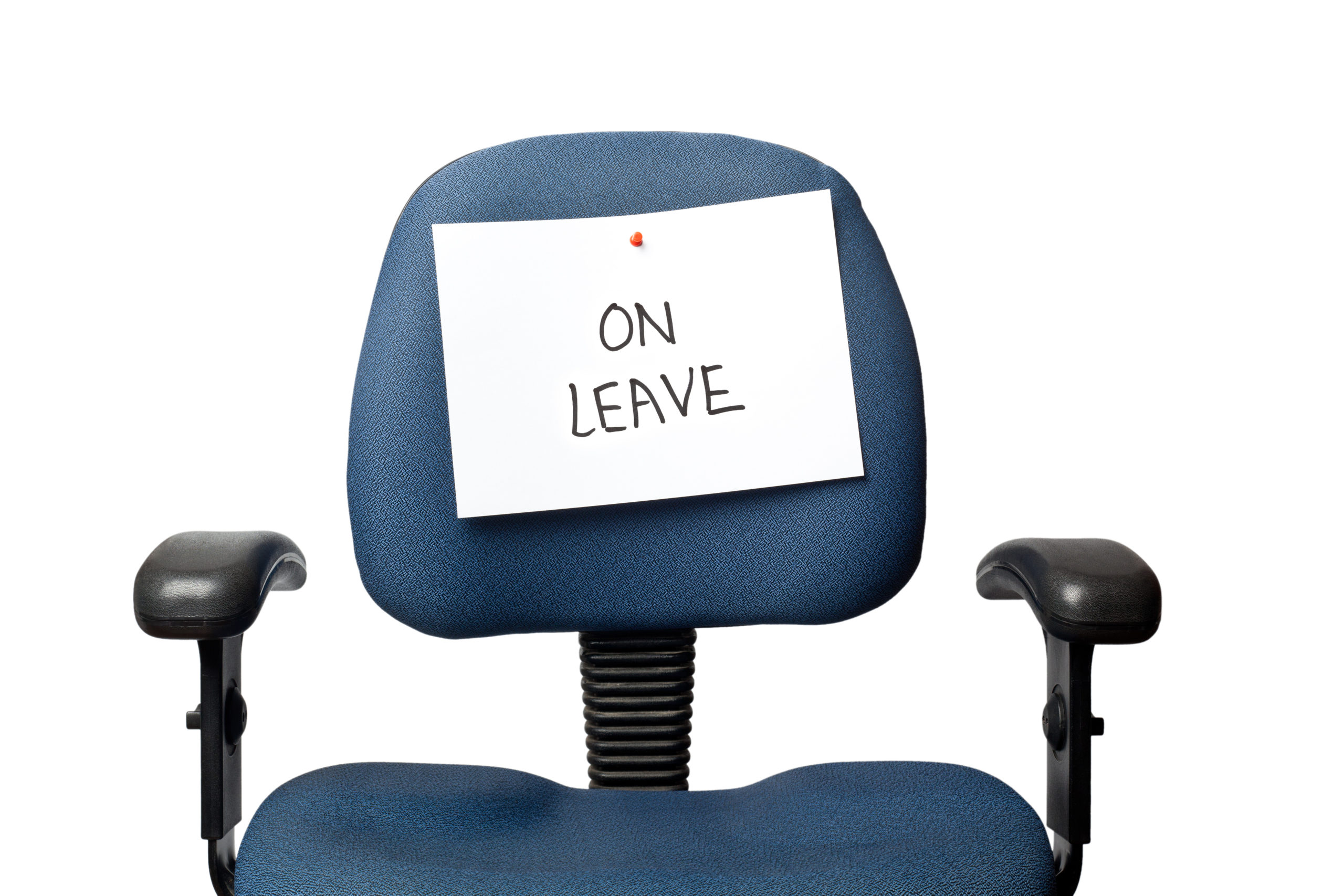Recently, the president of an association asked me how her association’s Board of Directors should deal with quorum and voting when there are five directors and two are on a leave of absence from the Board for a couple months. I try not to interrupt my clients when they are speaking (with only modest success, I admit), but I just blurted out, “What? A leave of absence?” The president responded, “Well, yes. Is that a problem?” In a word, yes.
There is no mechanism under either the Minnesota Nonprofit Corporations Act (“Nonprofit Act”) or the Minnesota Common Interest Ownership Act (“MCIOA”) that would allow a director to take a “leave of absence” from the Board. Put simply, a person elected to the Board of Directors is either on the Board or he’s not. There is no option to take a leave of absence. Holding a seat for someone who is “on leave” means the association is not getting the advantages of a full complement of Board members to administer and govern the association’s affairs.
Some associations’ Bylaws include a provision allowing the Board to replace a director who has a specified number “unexcused” absences from meetings. While granting a leave could avoid removal by deeming the absence to be “excused,” that does not change the fact that the director is not contributing to the association’s governance. If a director has an issue that will require him to miss one or several specific board meetings, then that director may be excused from those meetings, but he still needs to carry out the duties of a director. A person cannot “take a leave” from being a director and have no responsibility for an extended period of time, regardless of whether the rest of the Board is willing to give him permission to do so. If it becomes clear that the director’s circumstances are impeding his ability to “do his job,” then that director should resign from the Board so that someone can be appointed who can fulfill the responsibilities of a director. If and when circumstances change, the resigning director can certainly opt to run again for a seat on the Board.
Does it matter whether the director advises the other directors of his anticipated lengthy absence as opposed to just not attending the meetings? A director who takes a “leave of absence” is really in no different position than a director who makes no statement in advance and simply stops showing up. In either case, the Board would have to review the removal clause in the association’s Bylaws and determine whether the Board has the authority to remove the director who takes the “leave” without vote of the association membership. If the Board takes no affirmative action, the director who fails to attend meetings and the director “on leave” are not automatically removed. Some affirmative removal action needs to be taken before that seat is open and a new director can be appointed.
Even the most dedicated directors can have a change in circumstances that prevents them from fulfilling their duties as a director. However, offering or agreeing to grant a “leave of absence” is not an option. The association needs – and is entitled to have – a Board consisting of directors who are present and actively participating in the administration of the association.

